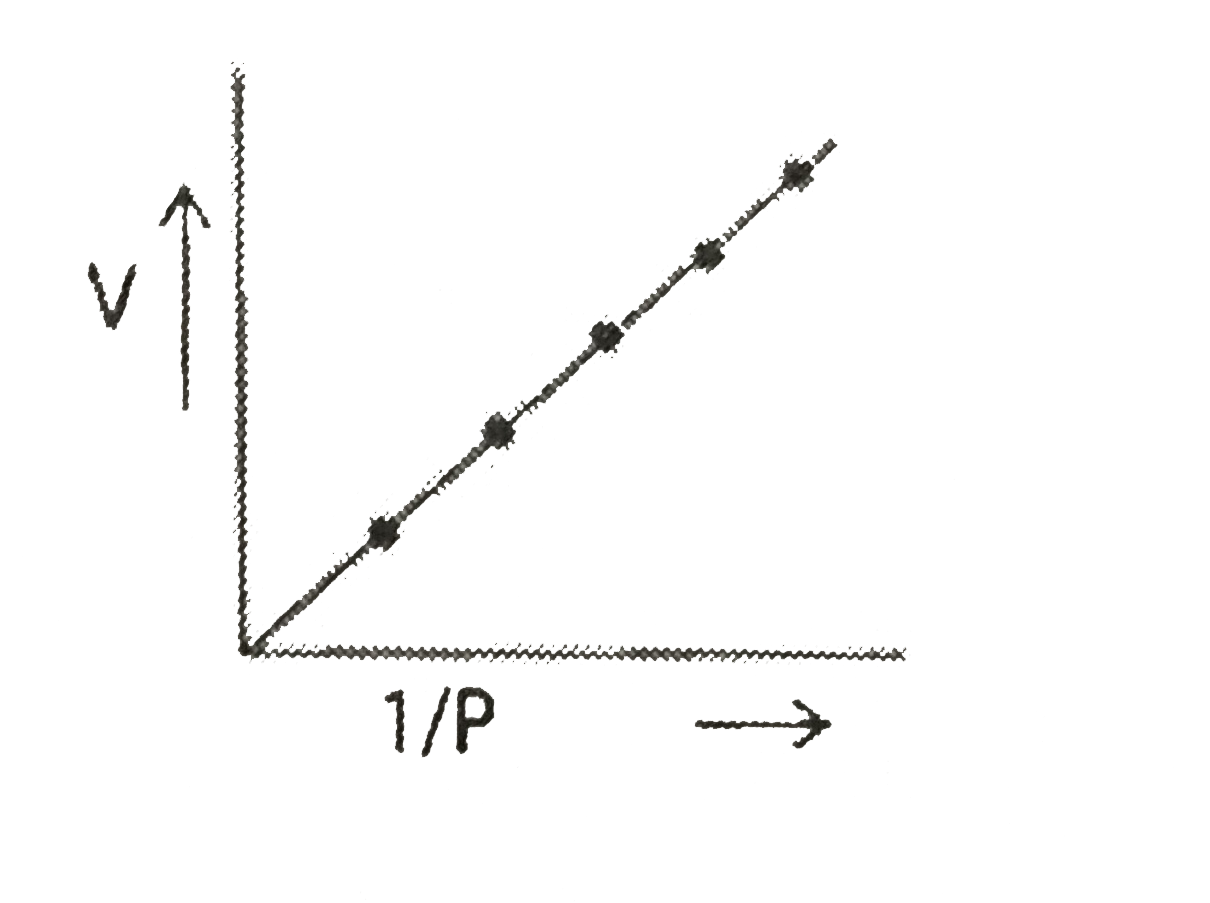Assume 0.10 L of N2 and 0.18 L of H2, both at 50 atm and 450∘C, are reacted to form NH3 Assuming the reation goes to completion , identify the reagent that is in excess and determine the volume of that remains at the same temperature and pressure.
H2 0.02 L
H2 0.08 L
N2 0.01 L
N2 0.04 L
The correct Answer is:D
Step by step video, text & image solution for Assume 0.10 L of N_2 and 0.18 L of H_2, both at 50 atm and 450^@C, are reacted to form NH_3 Assuming the reation goes to completion , identify the reagent that is in excess and determine the volume of that remains at the same temperature and pressure. by Chemistry experts to help you in doubts & scoring excellent marks in Class 11 exams.
Topper's Solved these Questions
- BOOK - GRB PUBLICATIONCHAPTER - MOLE CONCEPT, STOICHIOMETRY & CONCENTRATION TERMSEXERCISE - Reasoning type24videos
MOLE CONCEPT, STOICHIOMETRY & CONCENTRATION TERMS
- BOOK - GRB PUBLICATIONCHAPTER - MOLE CONCEPT, STOICHIOMETRY & CONCENTRATION TERMSEXERCISE - Multiple objective type23videos
MOLE CONCEPT, STOICHIOMETRY & CONCENTRATION TERMS
- BOOK - GRB PUBLICATIONCHAPTER - MOLE CONCEPT, STOICHIOMETRY & CONCENTRATION TERMSEXERCISE - Percentage labelling of Oleum sample, volume strength of hyrogen Peroxide, ppm23videos
MOLE CONCEPT, STOICHIOMETRY & CONCENTRATION TERMS
- BOOK - GRB PUBLICATIONCHAPTER - ISOMERISMEXERCISE - SUBJECTIVE TYPE67videos
ISOMERISM
- BOOK - GRB PUBLICATIONCHAPTER - NOMENCLATURE AND CLASSIFICATIONEXERCISE - Subjective Type24videos
NOMENCLATURE AND CLASSIFICATION
Similar Questions
A ballon whose volume is 5.0L contains 7gofN2. What mass of the H2 gas must be added to the ballon to expand its volume to 10L at the same temperature and pressure ?
Strategy : We know the two volumes at the same temperatures and pressure. We can find the moles of N2 through its mass . To calculate the total moles of N2 and H2 , we apply Avogadro's law. Finally , we find the mass of H2 through its moles.View SolutionA evacuated bulb of unknown volume is filled with H2 gas at room temperature (30∘C). The pressure of the gas in the bulb is 750 mm Hg. A portion of the gas is transferred to a different flask and found to occupy a volume of 50.0 mL at 1 atm pressure and at the same temperature. the pressure of the H2 gas remaining in the original bulb drops to 600 mm Hg. What is the volume of the bulb assuming H2 gas is an ideal gas ?
View Solution
Knowledge Check
- Question 1 - Select One
A steel tank holds 0.2 m3 of air at a pressure of 5 atm. The volwne of air that would occupy at the same temperature but at a pressure l atm is
A0.2m3B1m3C5m3D105m3 - Question 2 - Select One
At a particular temperature and at a pressure of 1 atm, mass and volume of O3 that can be dissolved in 1 L of H2O is m gram and V ml repectively (Assuming ideal gas behaviour of O3 and assuming O3 does not associate of dissociate in solution). Mass and volulme of O3 dissolved in 2L of H2O at same temperature and at a pressure of 5 atm will be:
A5 M gram, 5V mLB10 M gram, 10 V mLC10 M gram, 2 V mLD10 M gram, 5 V mL - Question 3 - Select One
At STP 10 L of H2S was reacted with 10 L of SO2. The volume of gas remaining after the reaction is complete would be
A5 LB10 LC15 LD20 L
The slope of a given straight lime graph with constant temperature is found to be 0.2 L atm at 5 atm pressure. Calculate the volume of gas at that pressure.
 View Solution
View SolutionWhat is the volume of a sample of oxygen at a pressure of 2.50 bar, if its volume is 3.15 L at 1.0 bar? (Assume constant temperature).
View SolutionAn inflated ballon has a volume of 0.55L at sea level (1.0atm) and is allowed to rise to a height of 6.5km , where the pressure is about 0.40atm. Assuming that the temperature remains constant , what is the final volume of the ballon ?
Strategy : We know the volume at one pressure and want to know the volume at another pressure keeping temperature constant. This suggests the use of Boyle's law. We tabulate what is known and what is asked for and then solve Boyle's law equation for the unknown quantitu V2.View Solution50.0 kg of N2(g) and 10.0 kg of H2(g) are mixed to produce NH3(g). Identify the limiting reagent in the production of NH3 in this situation.
View SolutionIf 2L of Cl2 gas and 2L of ClF3 gas react to form 6L of a pure gaseous compound at the same conditions of temperature and pressure, what is the molecular formula of the compound formed?
View Solution

